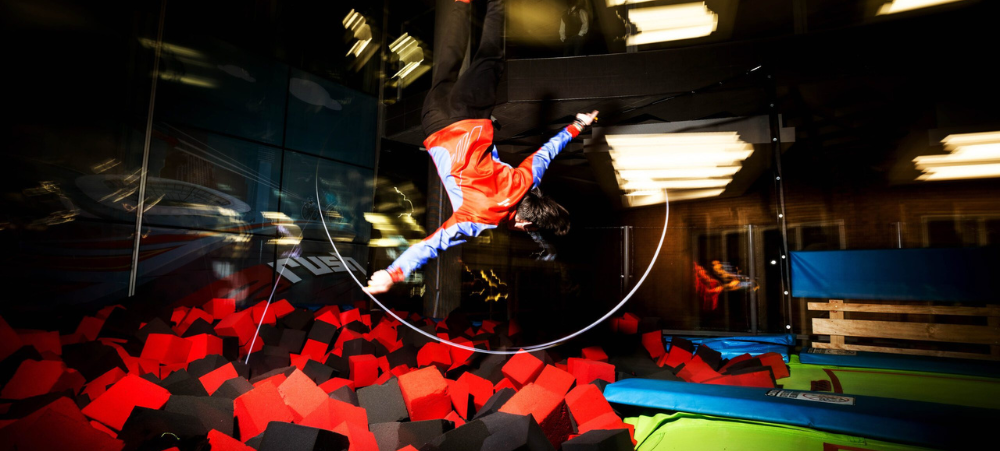Have you ever wondered why your kids do exactly what you asked them not to? It’s a general complaint that parents have and yet the answer and the solution are not that complicated. The solution comes in understanding how our minds process information.
Believe it or not, our minds process information in pictures, not words. And by pictures, I mean full representations including sights, sounds, smells and tastes. Words are abstractions of information and cannot replace experiences. As an example, imagine that you had never encountered a mango before. No matter how many words I use to explain the experience of eating a mango it is simply not the same as me actually giving you one to taste. Until that point in time, regardless of my words, you have no idea of what a mango is. Once you’ve seen one and tasted it, however, your mind creates a full representation of it and you can actually say that you know what a mango is.
Our mind is constantly making up these multi-sensory representations of our world and this is how we process all the information coming at us every second. So how does this relate to talking to kids?
Well, if we always make a visual representation in order to process information, then we do this in order to understand words too. In other words, if I say to you I’m sitting at my desk now writing on my computer, your mind will create a visual image of that based on your own experience. So all words are first translated into pictures (and again, I use this term loosely to include sights, sounds, smells, touch etc).
This is why we don’t process negatives well. In other words, if you say to a child: “Don’t touch my glasses” then they first need to create a visual image of themselves touching your glasses in order to process NOT touching them. Creating a visual of NOT doing something is much more complicated than creating an image of doing something.
So, if you want your kids to do what you say, you need to tell them what it is you WANT them to do, not what you DON’T want them to do.
For example, if you don’t want them to fall down the stairs, then saying “Don’t fall down the stairs” increases the possibility of them actually doing that by having them create a mental image of falling down the stairs. However, if you say “Walk carefully down the stairs” doesn’t that create a much more positive mental image of what you actually want?
Keep in mind that our unconscious minds operate in exactly the same way as a 5-year old child, so if this is how you speak to a kid, then this is how you should be speaking to your own unconscious mind too. If you’re constantly saying to your unconscious mind “I don’t want to be in debt” then what you’re processing is the image of being in debt, and you’re more likely to create that in your life. The positive side of this would be “I want abundance in my life” which sends a much clearer image of what you’d like to be seeing in your world.
What it comes down to is this: Whether you’re speaking to your kids or yourself, FOCUS ON WHAT YOU WANT.
We understand that there are many aspects that encompass a Mother, Father or Child and strive toward providing resources and services that accommodates this.
Our content is aimed to inform and educate families on issues starting from pregnancy through to the challenges of the teen-age years.
- Say Hello to the Ultimate Holiday Brunch Bite - December 17, 2025
- Tiny Toons Looniversity Returns: Meet the Voice Behind Plucky and Hamton! - December 12, 2025
- From Pain to Possibility: Panado®’s New Marketing Campaign, Highlights The Joy Of Pain Relief - December 10, 2025





